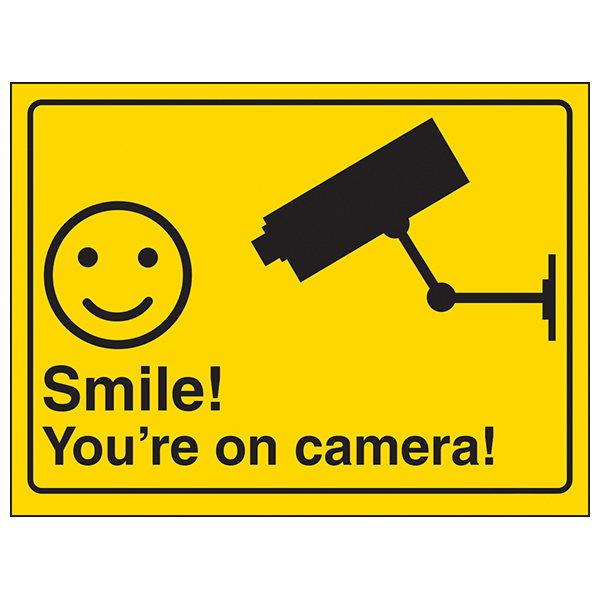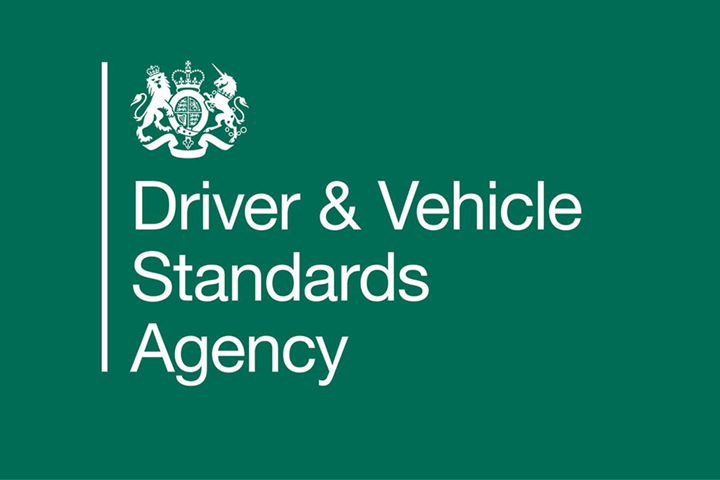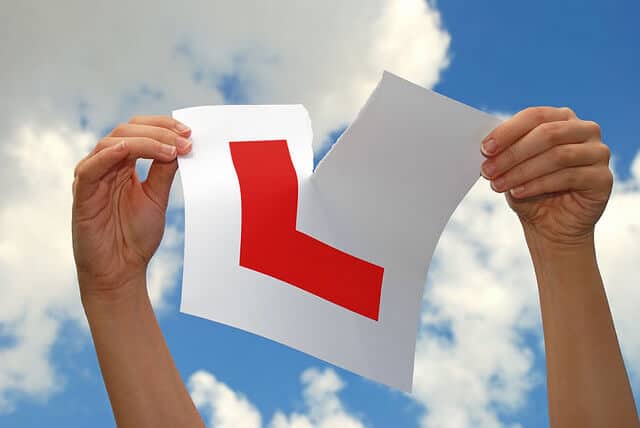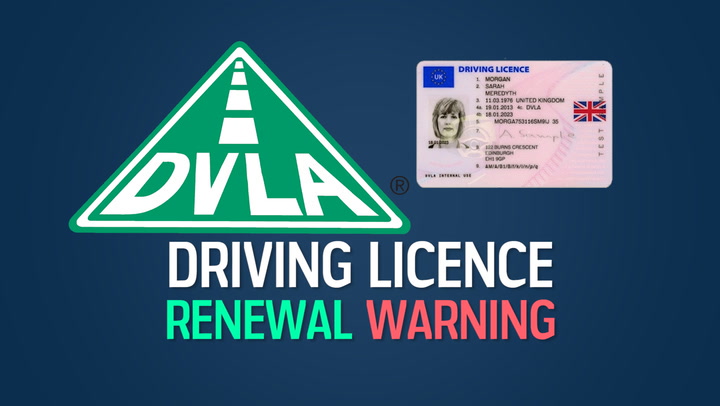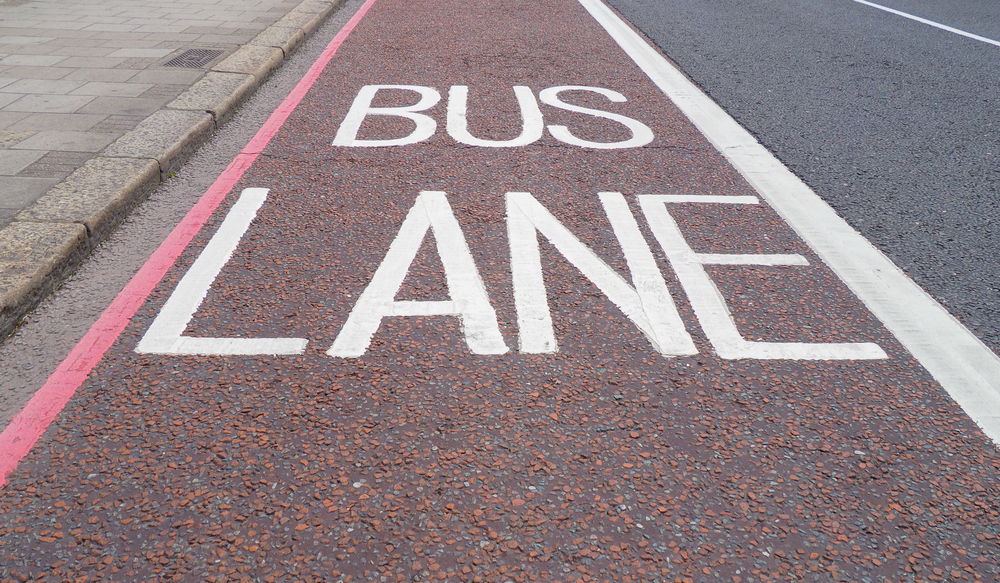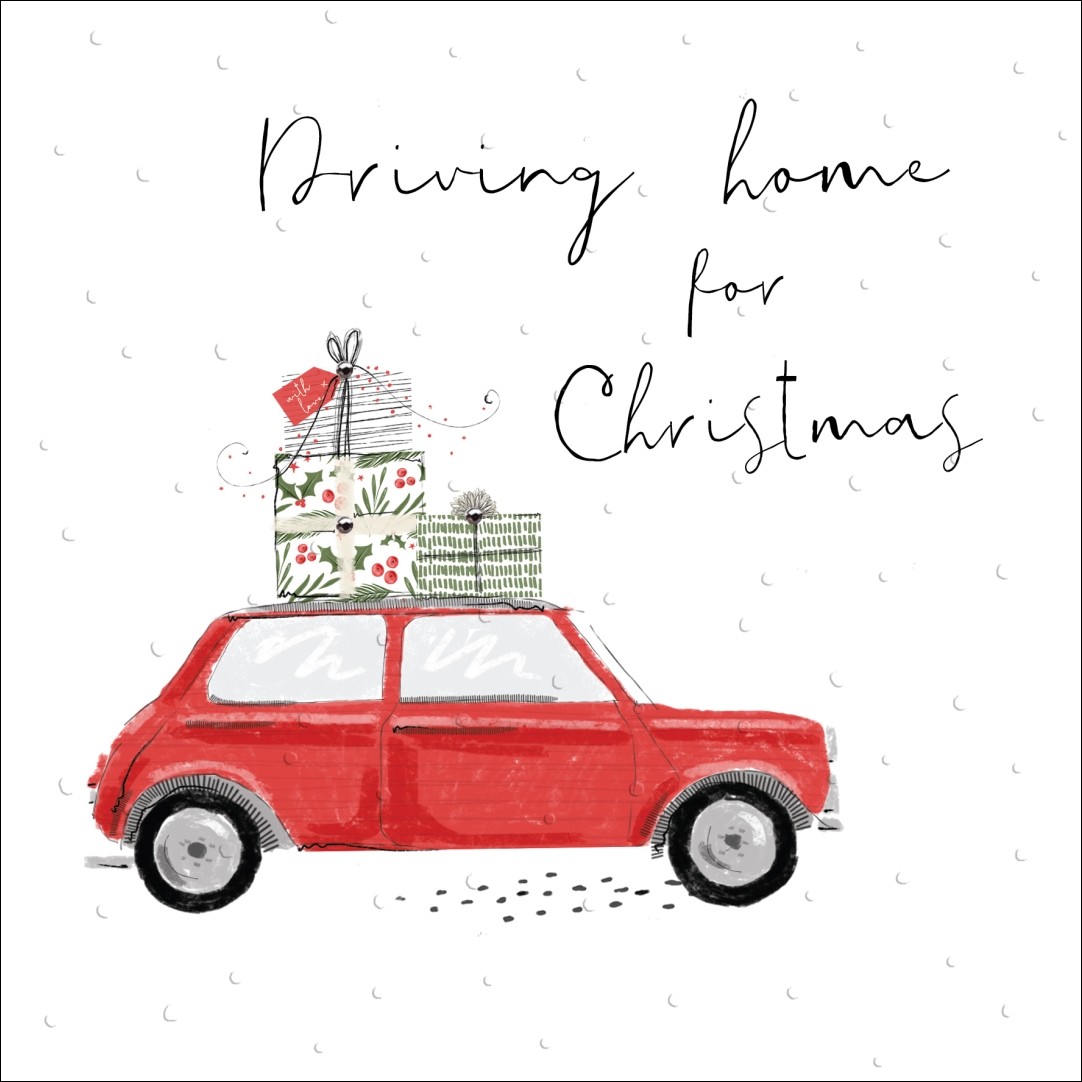Three major changes to the UK driving test are being trialed with the goal of accelerating the exam process for thousands of learner drivers.
The Driver and Vehicle Standards Agency (DVSA) is introducing the revised test format at 20 selected centres across the country as part of efforts to boost both testing efficiency and road safety.
This initiative follows data collected between 2019 and 2023, which showed that 48% of injuries in crashes involving young drivers happened on rural roads.
The same data also revealed that 16% of young motorists involved in accidents were not wearing seat belts — the highest rate across all age groups.
The new test format is designed to better reflect real-world driving conditions, helping newly qualified drivers feel more prepared for everyday situations.
Additionally, the updated approach aims to streamline the process, allowing more learners to take their tests sooner.
Lets take a look at the proposed changes:
Independent Driving:
The tests currently being conducted will include a period of independent driving accompanied by sat nav, under the new tests the learner will have to navigate the whole test independently
Emergency Stops:
Emergency stops will decrease from the current one in three to one in seven.
Number of stops:
At the moment learners will have to carry out four stops but during the trial this will be reduced to three.
The trial comes to light following the recent changes to the frame to cancel a test came into play, increasing the previous time period of 3 working days to 10.
According to the official government website, the main reason behind the proposed rule changes is the growing number of unused driving test appointments.
Many learner drivers choose to cancel or reschedule their test at the last minute, often because they don’t feel adequately prepared as the date approaches.
However, when changes are made so close to the appointment, it becomes difficult for others to step in and take the slot—resulting in many tests going unused.
In 2024 alone, around 60,000 driving test slots were wasted due to candidates not showing up, as reported by the government.
This has contributed to longer waiting times and made securing a test appointment more challenging. In response, the DVSA is exploring new measures to discourage last-minute cancellations.
At present, learners must wait 10 working days before booking a new test if they cancel or miss their appointment. However, this waiting period may be extended in the future.
The DVSA is also considering introducing a penalty fee to reduce the number of last-minute changes and no-shows.
Exceptions will still be made for those facing special circumstances, such as illness, injury, bereavement, or if they need to attend an academic exam or have had their licence stolen. In these cases, a refund can be requested.
You can book a Practical Driving Test directly here : https://www.gov.uk/book-driving-test
Check or change a Practical Driving Test here : https://www.gov.uk/change-driving-test
 Buy Gifts Vouchers Here
Buy Gifts Vouchers Here Intensive Driving Courses
Intensive Driving Courses Driving Test Booking Services
Driving Test Booking Services






